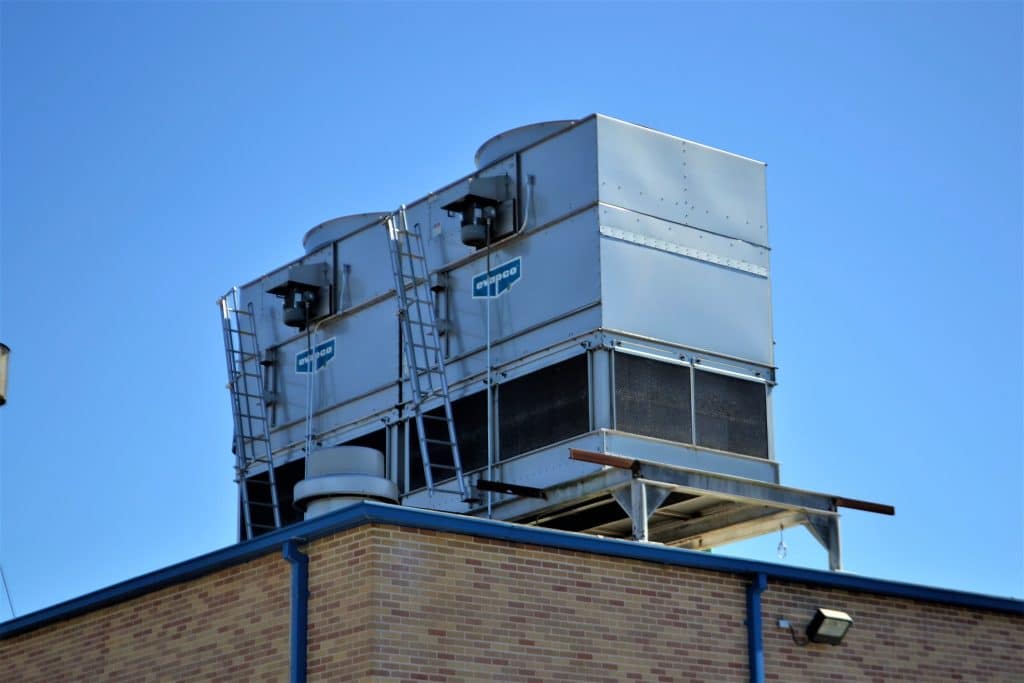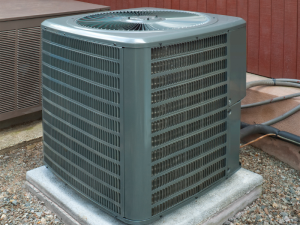What is emergency heat is a common question asked by homeowners. Emergency heat is a backup heating system that is designed to kick in when the primary heating system fails. It is typically used in homes that have a heat pump as their primary source of heat, so it is simply a heat pump emergency heat.
This also means that it makes heat pumps that much more essential within the household, and they should always be well-maintained and serviced by professionals like the ones at AHWA. Now, lets break down what emergency heat is, how it works, and when you should use it.
What is Emergency Heat?
A heat pump is a device that extracts heat from the air or ground outside and uses it to heat your home. While heat pumps are highly efficient and can provide ample heat during mild weather, they can struggle to keep up during extremely cold weather. This is where emergency heat steps in to provide assistance.
Emergency heat is typically a resistance heating element, like an electric strip or gas furnace, that can provide heat even when the outside temperature is well below freezing. It is connected to the heat pump and can be activated when the temperature falls below a certain point, when the heat pump is not working properly or when it is manually triggered by the homeowner.
How Emergency Heat Works
When the temperature outside drops to a certain level, typically between 30 and 40 degrees Fahrenheit, the thermostat will switch from the heat pump to the emergency heat source. This can happen automatically, or it can be manually activated by the homeowner.
When the emergency heat is activated, the heat pump stops running and the backup heating system takes over. This system will typically be less efficient than the heat pump and may use more energy to heat the home. However, it will provide the necessary heat to keep the home warm during extremely cold weather.
When to Use Emergency Heat
It’s not always necessary to use emergency heat, and in fact, doing so can be costly and inefficient. Here are a few situations in which it may be appropriate to activate the em heat on the thermostat.
Extremely Cold Weather
If the temperature outside falls well below freezing, and your heat pump is struggling to keep up, it may be necessary to activate emergency heat.
Heat Pump Failures
If your heat pump is not working properly, it may be necessary to use emergency heat until it can be repaired or replaced. If your heat pump is not working properly, you should contact a professional to repair or replace the unit.
Extended Absences
If you will be away from your home for an extended period of time during extremely cold weather, it may be a good idea to activate emergency heat to keep your pipes from freezing. It’s important to note that, if you are going to be away for a period of time, you should set your thermostat to a lower temperature to save energy, and only use emergency heat if it’s extremely cold outside.
Power Outages
If a power outage causes your heat pump to stop working, activating emergency heat can keep your home warm until power is restored.
How to Manually Activate Emergency Heat
The process for activating the emergency heat on a heat pump will vary depending on the specific model and make of your unit. You should consult the owner’s manual or contact the manufacturer for specific instructions. However, generally speaking, activating the emergency heat on a heat pump typically involves switching on the emergency heat setting on the thermostat or control panel from “auto” or “heat” to “emergency heat.” Some systems may also have a separate switch or button for activating emergency heat.
Why Emergency Heat May Stay On
When it comes to heating your home, emergency heat is a feature that can be both a blessing and a curse. While it is designed to provide an extra source of heat when your regular system fails or is not working properly, it can also be frustrating when it stays on for an extended period of time. Here are some reasons why your emergency heat may run continuously.
Malfunctioning Thermostat
One of the most common reasons that emergency heat stays on is a malfunctioning thermostat. The thermostat is responsible for communicating with the heat pump and telling it when to switch between emergency and regular heat. If the thermostat is not working properly, it may not be able to detect that regular heat is available and will keep the emergency heat running.
Heat Pump Failures
Another reason emergency heat may stay on is that the heat pump itself is malfunctioning. If the heat pump is not working properly, it may not be able to provide regular heat and the emergency heat will kick in to take its place.
Icy Equipment
If the outdoor unit of your heat pump becomes iced over, it may not be able to provide regular heat. This will cause the emergency heat to turn on. When the ice melts, the regular heat should turn back on.
Clogged Air Filters
If the air filter in your heat pump is dirty, it can restrict airflow, causing the heat pump to work harder than it should. This can cause the emergency heat to turn on as a safety measure.
What to Do When Emergency Heat Stays On
If your emergency heat stays on for an extended period of time, it is important to address the problem as soon as possible. The first step is to check the thermostat and make sure it is set to the correct mode.
If the thermostat is functioning properly, the next step is to check the heat pump and outdoor unit to see if they are iced over or if the air filter is dirty. If you are unable to find the problem or fix it yourself, you should call a professional HVAC technician to diagnose and repair the issue.
Conclusion
What is emergency heat is a question all homeowners should be able to answer. Essentially, emergency heat is a backup heating system that is designed to kick in when your primary heating system fails.
It is typically used in homes that have a heat pump as their primary source of heat. It’s important to understand the em heat meaning and when to use emergency heat, as doing so can be costly and inefficient if not needed. It is equally important to seek quick repairs in the event of problems.














